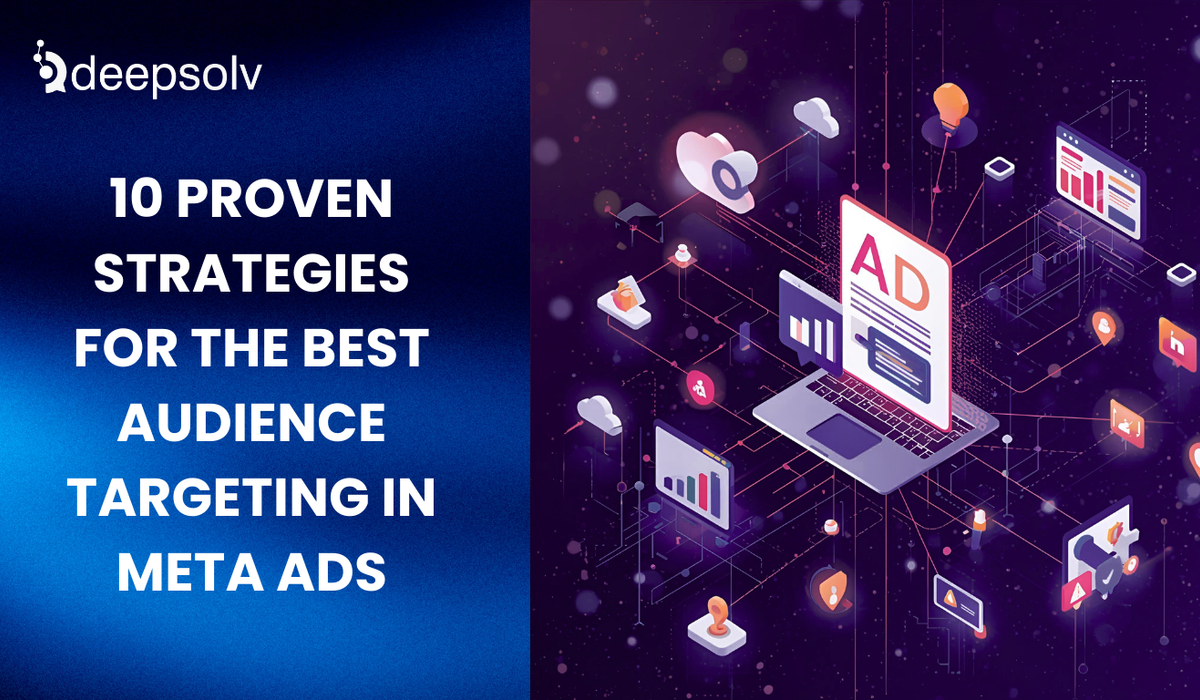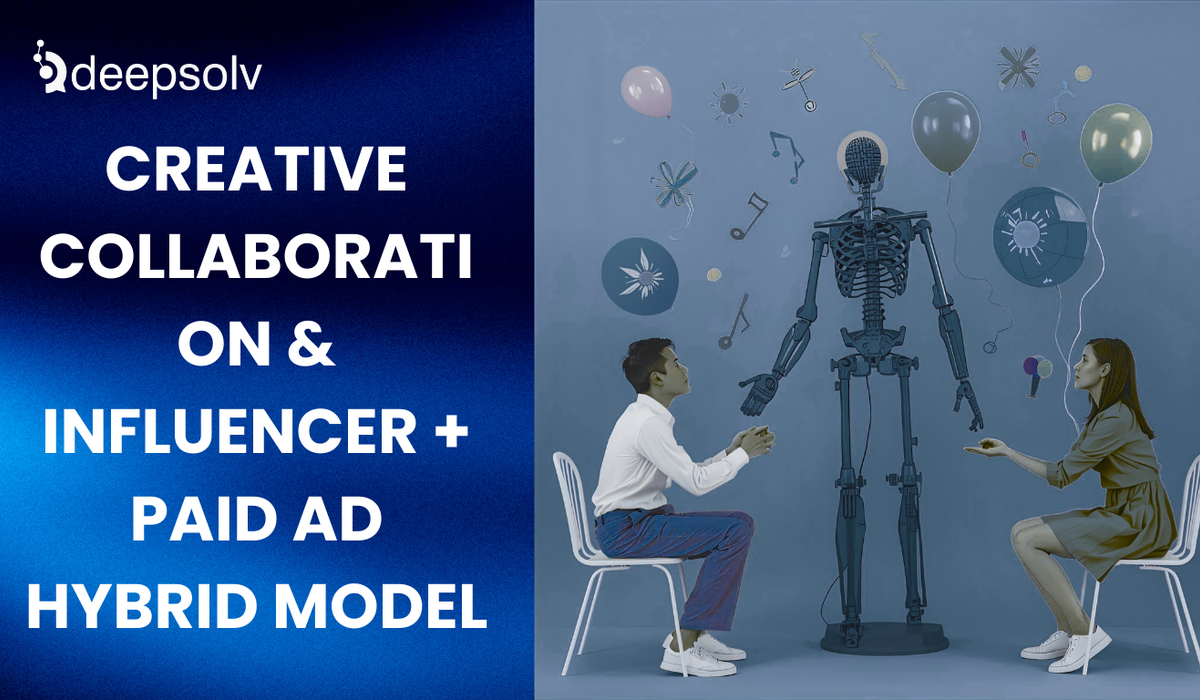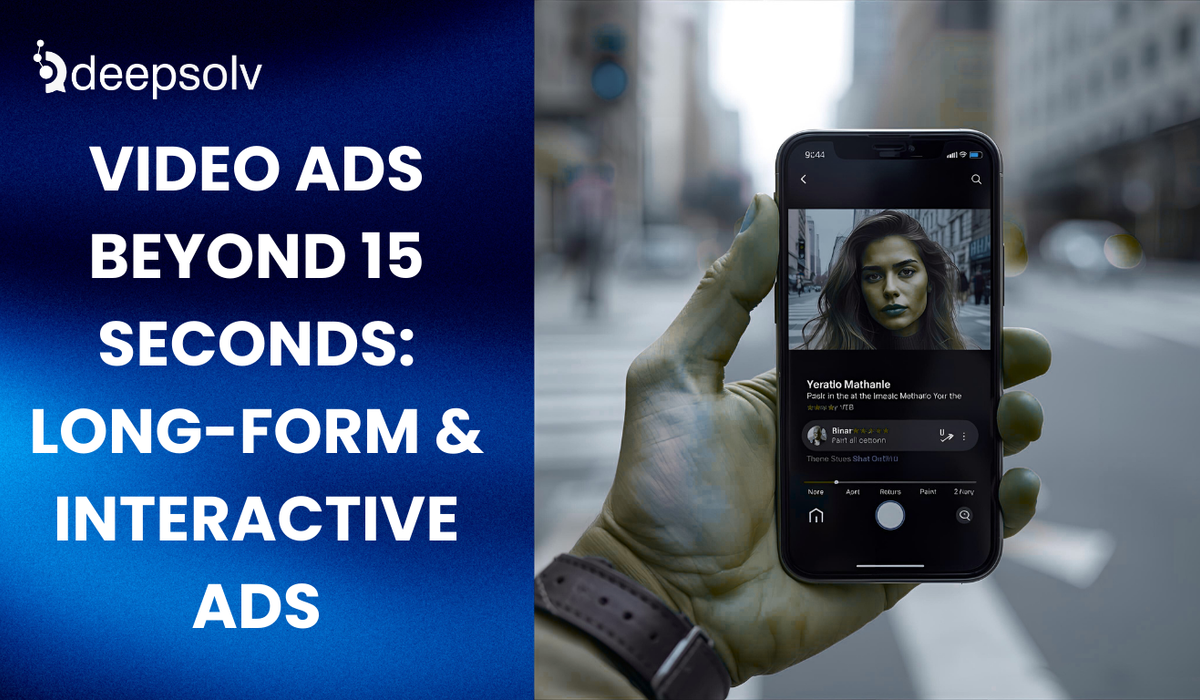10 Proven Strategies for the Best Audience Targeting in Meta Ads
5 min read
Published: 9/27/2025

Why Audience Targeting on Meta Ads Is Everything in 2025
Imagine you’re at a crowded concert venue. Thousands of people are there, but only a few actually want what you’re offering whether it’s T-shirts, headphones, or cold drinks. If you shout your pitch to everyone, you’ll lose your voice and waste your time. But if you walk up to the right group- the ones already thirsty, humming along with the band, and holding cash in their hands , you’ll sell out instantly.
That’s exactly how Meta Ads work in 2025. With Facebook and Instagram boasting billions of active users, targeting isn’t just a feature. It is the difference between a campaign that drains your budget and one that prints revenue.
And let’s be clear: Meta’s targeting tools have evolved. With privacy updates, AI-driven signals, and platform-level automation, the old spray-and-pray tactics no longer cut it. You need to be sharp, precise, and creative with your targeting if you want to stand out.
In this guide, we’ll explore 10 proven strategies for audience targeting on Meta Ads — backed by real-world examples, expert insights, and tools that can help you scale faster.
1. Start with Lookalike Audiences, but Get Specific
Lookalikes are the bread and butter of Meta Ads. But in 2025, you can’t just throw in a 1% lookalike and expect magic. The trick is to build layered, specific lookalikes.
For example, fashion retailer ASOS once built broad lookalikes from all site visitors. But their performance soared when they segmented: one lookalike from top spenders, another from loyal app users, and another from abandoned cart shoppers. Instead of wasting impressions on casual browsers, they targeted people who mirrored their highest-value customers.
👉 Pro Tip: Build different lookalikes from your top 10% of buyers, not your general audience. Then test each group separately- Meta’s AI will naturally double down on the winner.
2. Retarget Warm Audiences (But Update Your Windows)
Retargeting remains one of the most profitable Meta tactics, but the game has changed. With shorter attention spans and purchase cycles, 30-day retargeting windows often perform better than older 180-day setups.
Case in point: Gymshark. Instead of running blanket retargeting for six months, they discovered that users who engaged with their Reels or product videos in the last 14 days were the hottest buyers. They created tight, time-sensitive retargeting ads with urgency (“Sale ends in 48 hours!”) and saw CTRs jump significantly.
👉 Keep your windows fresh: Test 7, 14, and 30-day retargeting segments. Shorter = hotter leads.
3. Use Engagement Custom Audiences
Meta allows you to create audiences from people who’ve liked, commented, saved, or shared your content. This is often overlooked but insanely powerful.
Take Sephora: their ads don’t just target website visitors; they retarget users who engaged with makeup tutorials on Instagram Reels. That audience already raised their hands by showing interest in a specific product category. The result? More relevant ads, higher click-through, and lower CPA.
4. Layer Demographics with Interest Targeting
While broad targeting is trending, layering still matters for brands with niche products. For instance, a vegan protein powder brand didn’t just target “fitness” or “nutrition.” They combined:
- Age: 20–35
- Location: Urban cities in the US and UK
- Interests: Veganism, CrossFit, Healthy Recipes
This layered approach helped them cut wasted spend and focus on people who actually fit the buyer persona.
👉 Rule of thumb: Use layering when your product isn’t mass-market. It reduces “spray” and ensures relevance.
5. Test Broad Targeting with Meta Advantage+
Meta’s AI is more powerful than ever. Broad targeting, where you give minimal parameters and let Meta’s algorithm find buyers, is now driving strong results.
Example: Allbirds tested a broad campaign with Advantage+ Shopping Campaigns. With just basic age/location filters, Meta’s AI auto-optimized toward buyers. The campaign ended up outperforming their hyper-niched campaigns in ROAS.
👉 The lesson: Don’t fear broad targeting. Let Meta’s machine learning surprise you but always test against your segmented campaigns.
6. Segment Audiences by Purchase Intent
Not all traffic is equal. Someone who watched 95% of your product video is way hotter than someone who just liked your ad.
Nike famously used this by creating retargeting funnels:
- Watched 75% of product video = shown product carousels
- Added to cart = shown urgency ads (“Only 2 left in stock!”)
- Viewed checkout page = shown discount code retargeting
By segmenting intent, they squeezed every drop of value from their campaigns.
7. Target Cross-Platform Behavior
In 2025, your audience isn’t just on Facebook. Meta now pulls signals from Instagram, Messenger, and even WhatsApp.
For example, D2C skincare brand The Ordinary set up campaigns targeting users who engaged with their WhatsApp catalog or responded to IG DMs. These weren’t cold leads — they were people already in micro-conversations with the brand.
👉 Use Meta’s cross-platform signals. If someone clicked your IG Shop but didn’t buy, they’re gold for Facebook retargeting.
8. Exclude Audiences Aggressively
Targeting isn’t just about who you include — it’s about who you leave out. Brands often forget to exclude past buyers or irrelevant segments, wasting money on people who won’t convert.
For example, Warby Parker runs exclusions for anyone who purchased glasses in the last 90 days. Why? Because glasses are a long-term product, not a repeat-purchase item. By excluding these customers, they focus budget only on fresh prospects.
9. Leverage AI-Powered Insights (Deepsolv’s Adam)
Here’s where advanced tools come in. Instead of guessing your targeting, AI can now tell you exactly where the ROI is hiding.
Take Adam by Deepsolv: brands use Adam to spy on competitors’ ad audiences, analyze what’s working, and generate campaign-ready targeting briefs. For instance, if competitors are winning with Reels ads aimed at Gen Z in Tier 1 Indian cities, Adam surfaces that trend weeks earlier. You can then adjust your own targeting before it becomes saturated.
👉 In practice: A DTC fashion brand used Adam to discover that competitor campaigns were trending with “eco-friendly fabrics” interest groups. They pivoted their targeting, launched creatives around sustainability, and saw 2.3x ROAS.
10. Continuously Test, Refine, and Retarget
Targeting isn’t set-and-forget. The best brands treat it as an evolving system.
For instance, HelloFresh runs ongoing split-tests with slight audience tweaks:
- Segment A: Broad Advantage+
- Segment B: Interest + Lookalike layer
- Segment C: Retargeting video viewers
Each month, they review performance, drop the weakest, and double down on the strongest. This continuous refinement keeps campaigns fresh and prevents “ad fatigue.”
👉 Build a rhythm: test 1–2 new audience tweaks per month, always keeping proven winners live.
Final Thoughts
In 2025, Meta’s targeting ecosystem is more advanced and more competitive than ever. The brands winning big are those who:
- Use data-rich lookalikes and retargeting.
- Leverage Meta’s AI without ignoring human strategy.
- Continuously refine, exclude, and segment audiences.
And here’s the truth: targeting isn’t just about setup. It’s about execution speed and intelligence. If you’re not adapting to signals in real time, someone else will.
That’s where tools like Deepsolv’s Adam and Brandy come in. Adam helps you discover trends and competitor targeting strategies before they peak. Brandy ensures no comment or engagement goes unmanaged, turning conversations into conversions. Together, they close the loop on targeting + engagement.
👉 Don’t wait until your competitors outspend and out-target you. Book a free strategy session with Deepsolv today and see how smarter targeting can 2x–3x your ROAS in 2025. Spots are limited- don’t miss your edge.
FAQs
Frequently asked questions related to this blog post



